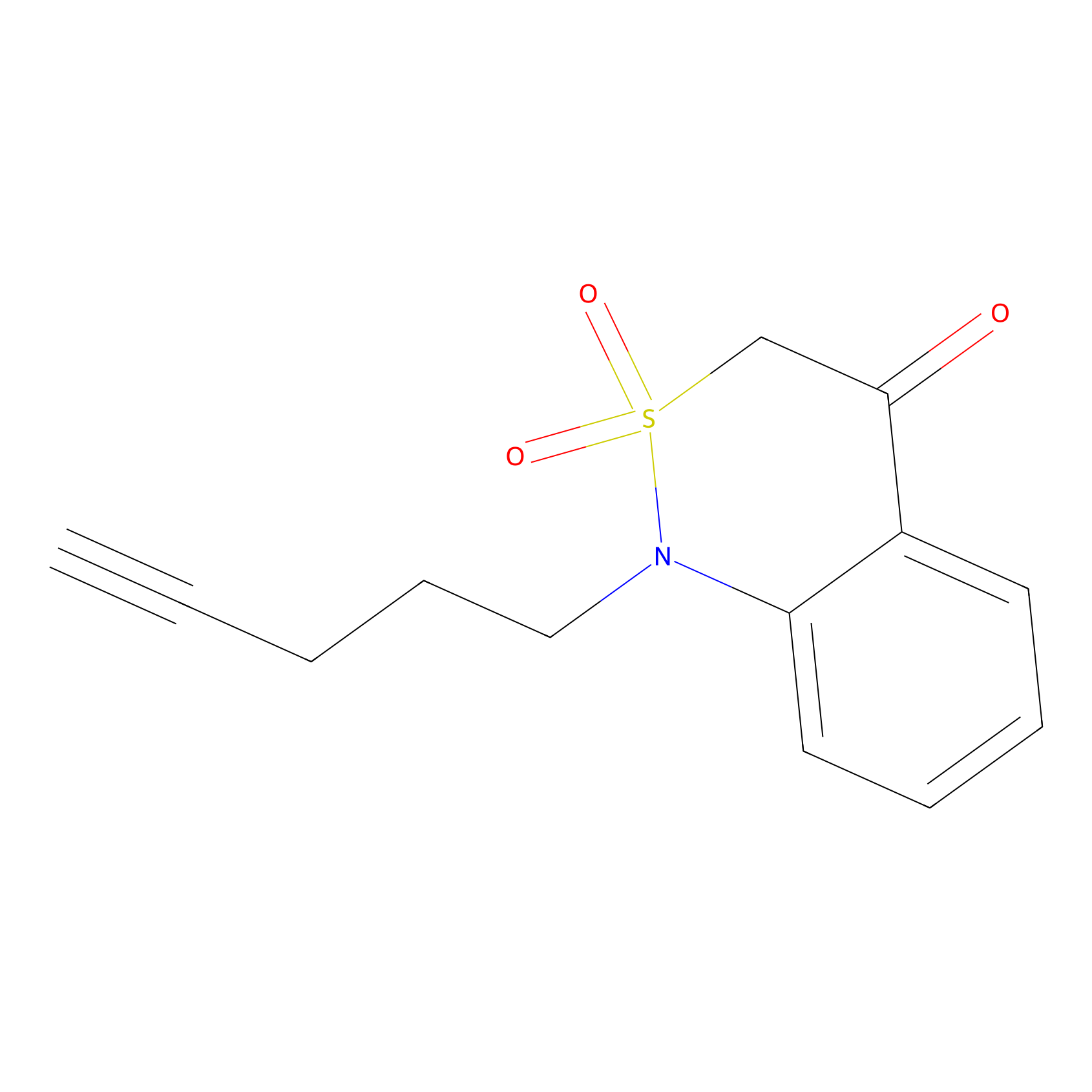Details of the Target
General Information of Target
| Target ID | LDTP15820 | |||||
|---|---|---|---|---|---|---|
| Target Name | Trace amine-associated receptor 1 (TAAR1) | |||||
| Gene Name | TAAR1 | |||||
| Gene ID | 134864 | |||||
| Synonyms |
TA1; TAR1; TRAR1; Trace amine-associated receptor 1; TaR-1; Trace amine receptor 1 |
|||||
| 3D Structure | ||||||
| Sequence |
MVNNFSQAEAVELCYKNVNESCIKTPYSPGPRSILYAVLGFGAVLAAFGNLLVMIAILHF
KQLHTPTNFLIASLACADFLVGVTVMPFSTVRSVESCWYFGDSYCKFHTCFDTSFCFASL FHLCCISVDRYIAVTDPLTYPTKFTVSVSGICIVLSWFFSVTYSFSIFYTGANEEGIEEL VVALTCVGGCQAPLNQNWVLLCFLLFFIPNVAMVFIYSKIFLVAKHQARKIESTASQAQS SSESYKERVAKRERKAAKTLGIAMAAFLVSWLPYLVDAVIDAYMNFITPPYVYEILVWCV YYNSAMNPLIYAFFYQWFGKAIKLIVSGKVLRTDSSTTNLFSEEVETD |
|||||
| Target Type |
Successful
|
|||||
| Target Bioclass |
GPCR
|
|||||
| Family |
G-protein coupled receptor 1 family
|
|||||
| Subcellular location |
Cell membrane
|
|||||
| Function |
Receptor for trace amines, including beta-phenylethylamine (b-PEA), p-tyramine (p-TYR), octopamine and tryptamine, with highest affinity for b-PEA and p-TYR. Unresponsive to classical biogenic amines, such as epinephrine and histamine and only partially activated by dopamine and serotonin. Trace amines are biogenic amines present in very low levels in mammalian tissues. Although some trace amines have clearly defined roles as neurotransmitters in invertebrates, the extent to which they function as true neurotransmitters in vertebrates has remained speculative. Trace amines are likely to be involved in a variety of physiological functions that have yet to be fully understood. The signal transduced by this receptor is mediated by the G(s)-class of G-proteins which activate adenylate cyclase.
|
|||||
| TTD ID | ||||||
| Uniprot ID | ||||||
| DrugMap ID | ||||||
| Ensemble ID | ||||||
| HGNC ID | ||||||
| ChEMBL ID | ||||||
Probe(s) Labeling This Target
ABPP Probe
| Probe name | Structure | Binding Site(Ratio) | Interaction ID | Ref | |
|---|---|---|---|---|---|
|
BTD Probe Info |
 |
C13(1.25) | LDD2094 | [1] | |
Competitor(s) Related to This Target
| Competitor ID | Name | Cell line | Binding Site(Ratio) | Interaction ID | Ref |
|---|---|---|---|---|---|
| LDCM0548 | 1-(4-(Benzo[d][1,3]dioxol-5-ylmethyl)piperazin-1-yl)-2-nitroethan-1-one | MDA-MB-231 | C13(0.88) | LDD2142 | [1] |
| LDCM0519 | 1-(6-methoxy-3,4-dihydroquinolin-1(2H)-yl)-2-nitroethan-1-one | MDA-MB-231 | C13(1.20) | LDD2112 | [1] |
| LDCM0501 | Nucleophilic fragment 13b | MDA-MB-231 | C13(1.25) | LDD2094 | [1] |
| LDCM0511 | Nucleophilic fragment 18b | MDA-MB-231 | C13(0.64) | LDD2104 | [1] |
| LDCM0512 | Nucleophilic fragment 19a | MDA-MB-231 | C13(1.00) | LDD2105 | [1] |
| LDCM0513 | Nucleophilic fragment 19b | MDA-MB-231 | C13(0.95) | LDD2106 | [1] |
| LDCM0547 | Nucleophilic fragment 41 | MDA-MB-231 | C13(0.94) | LDD2141 | [1] |
